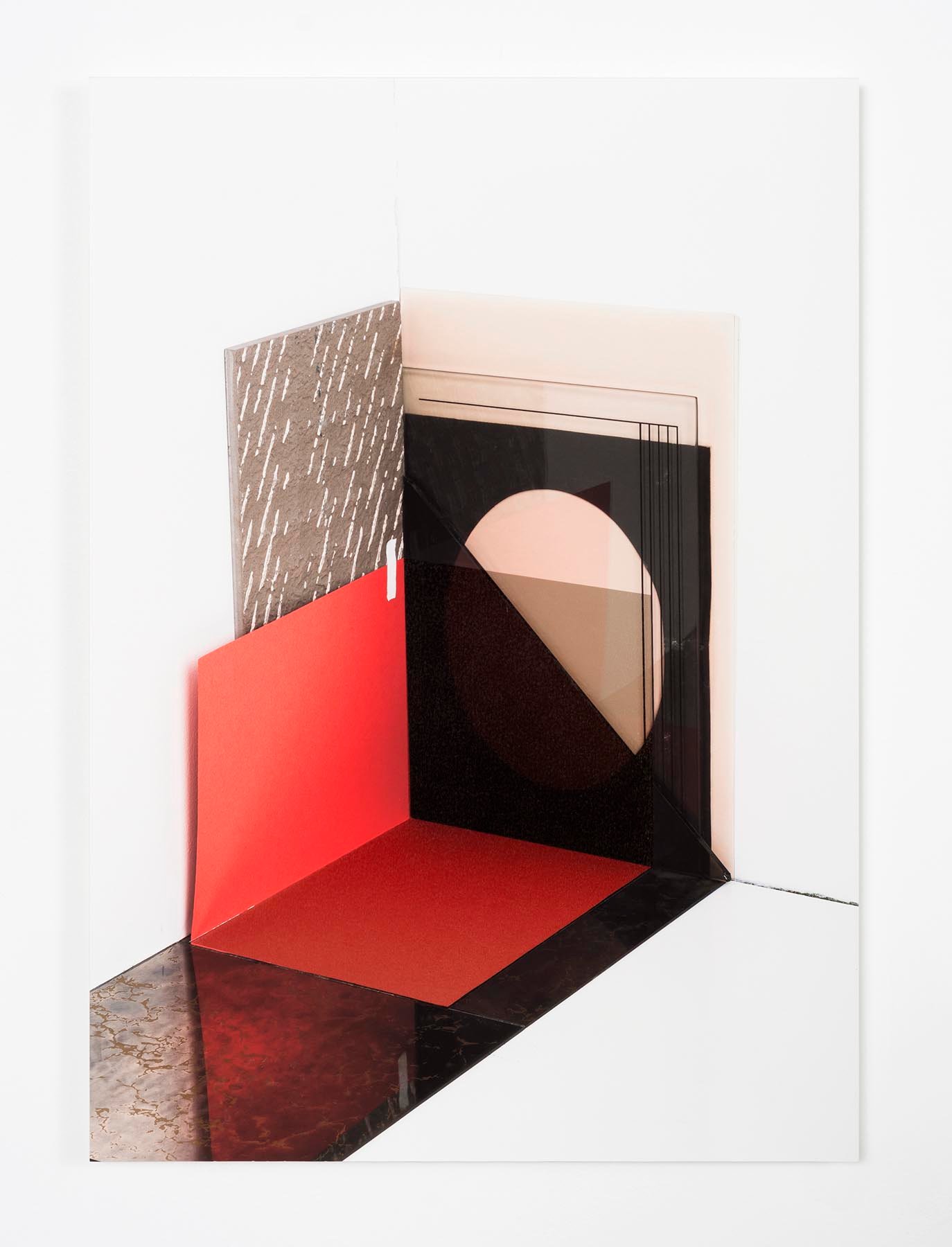Parallel Narratives
- Film & Video (Film & Video)
<p>46:48 minutes</p>
Francisco Camacho Herrera
As an artist Francisco Camacho Herrera seeks ways in which his work can exist within, and challenge, official social channels. His practice revolves around the possibility of art to bear practical effects on cultural assumptions and reflects on redefining common concepts that can lead art to change the ways in which we conceive society. Camacho Herrera speculated that Chinese sailors might have reached the Americas by crossing the Pacific Ocean before the arrival of the Spanish in the late 15th century. This inquiry resulted in a video installation titled Parallel Narratives . The film charts the buried trajectories of seemingly disparate cultures and uncovers affinities in iconographies, as well as ritual and utilitarian objects. In reading the styles and techniques of certain archaeological objects, the work asks, would it be so far-fetched to trace similarities in the stylistic evolution on both shores of the Pacific and recognize relationships between these geographic locals and cultures? Can we imagine a shared methodology based on this hypothesis? In consideration of economics and migration as catalyzers of intercultural development, Camacho Herrera’s work offers alternative narratives that destabilize widely accepted historical categorizations of space, time, and geopolitics.
Francisco Camacho Herrera’s projects are highly participatory and often operate as spaces of social activism. He frequently experiments with cooperative and community-oriented approaches in order to engender social transformation and imagine potential alternative futures for contemporary society. Often political in nature, the artist’s endeavors include Fulltopia (2015-ongoing), a digital platform that facilitates the exchange of services and ideas within local communities, bypassing prevailing capitalist systems of monetary transaction. Perhaps Camacho Herrera’s most influential project is Groepshuwelijken (group-marrying), which took place in the Netherlands. The work questions the limits and restrictions of monogamous marriage. The project asks: Why are other forms of living together in a relationship excluded from marriage? Why can’t we marry several partners at the same time (polyamory)? For this project, the artist gathered signatures for a petition in favor of opening up civil marriages to groups. Amassing 40,000 signatures, the Dutch parliament was ultimately required to include the topic on their agenda. According to Camacho Herrera, the gesture was not intended as a stunt. Rather, opening up the debate around matrimony was a tribute to 17th Century Dutch philosopher and freethinker Spinoza.
Colors:
Related works found in the same semantic group
» see more

© » KADIST
Jonas Van and Juno B
2021Jonas Van and Juno B’s video work Kebranto is anchored by the figure of Boitatá, a snake that is part of the imaginary Guaraní communities that live between the current nation-states of Argentina, Brazil, Paraguay, and Uruguay...

© » KADIST
Erick Beltran
2010In his posters, prints, and installations, Erick Beltrán employs the language and tools of graphic design, linguistics, typography, and variations in alphabetical forms across cultures; he is specifically interested in how language and meaning form structures that can be misconstrued as universal...

© » KADIST
Phillip Maisel
2015While his works can function as abstract, they are very much rooted in physicality and the possibilities that are inherent in the materials themselves...

© » KADIST
Daniel Boccato
2017Birdstones is a series of flat concrete slabs made from moldings of different shapes, each with two small holes...
